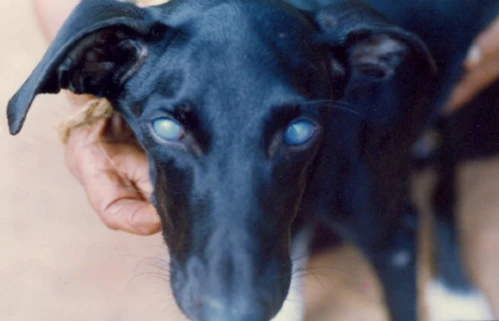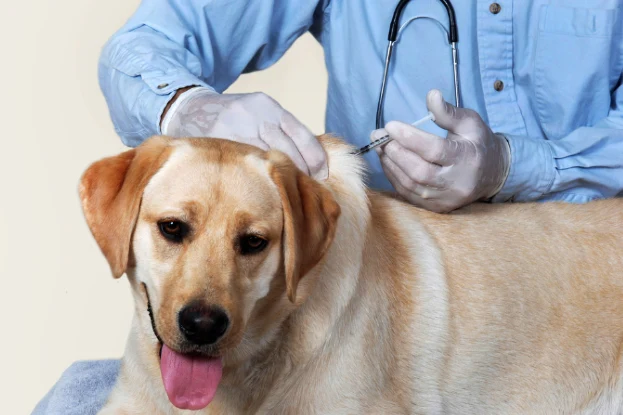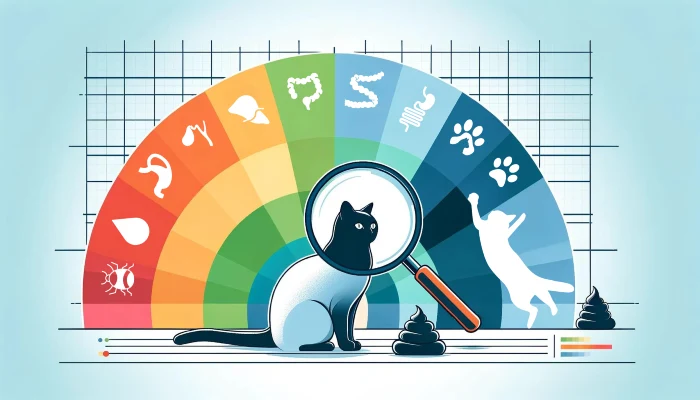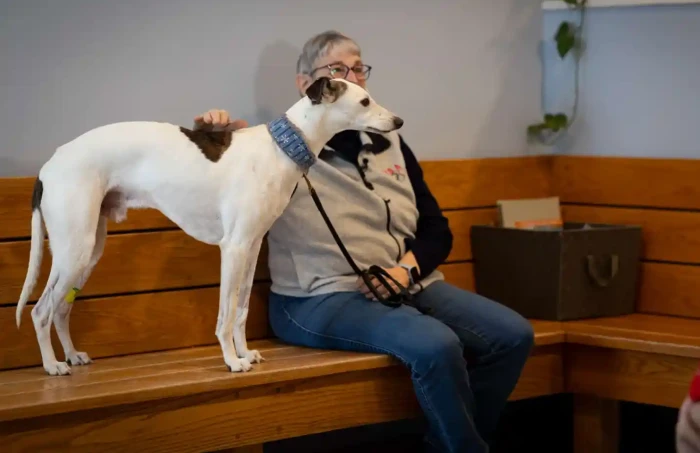When we think of protecting our dogs, we often visualize a sturdy leash or a secure backyard fence. Yet, one of the most crucial shields we can provide them remains invisible to the naked eye. Vaccinations.
Let’s dive into the world of dog vaccinations, understand their importance, and arm ourselves with knowledge to protect our furry family members.
Why Vaccinate? Because They're The Silent Protectors!
Just as with humans, vaccinations play a pivotal role in a dog’s health. They prepare the dog’s immune system to fend off diseases. When a dog is vaccinated, its immune system is exposed to a harmless version of the disease, so if the real thing ever comes knocking, the body is ready to fight back.
The Rogues' Gallery: Diseases, Consequences, and Odds
1. Canine Parvovirus (CPV)
- Curable? With early detection and aggressive treatment, yes. But it’s expensive and not always successful.
- Long-term Issues: Heart disease in puppies and lifelong digestive problems.
- Deadliness: Very deadly, especially for puppies.
- Chance of Unvaccinated Dogs Contracting: High, especially in places where dogs congregate.
- Average Cost: $10 – $30
2. Canine Distemper Virus (CDV)

- Curable? No cure. Treatment aims to alleviate symptoms.
- Long-term Issues: Neurological issues, respiratory problems, and persistent digestive problems.
- Deadliness: Often deadly.
- Chance of Unvaccinated Dogs Contracting: High, especially in puppies.
- Average Cost for DAPP/DHPP: $20 – $50 (Often combined with Parvovirus and Adenovirus as a DAPP or DHPP vaccine)
3. Rabies
- Curable? No cure once symptoms appear.
- Long-term Issues: Death.
- Deadliness: Always fatal once symptoms manifest.
- Chance of Unvaccinated Dogs Contracting: Varies by region but can be contracted through bites from infected animals.
- Average Cost: $15 – $35
4. Canine Hepatitis

- Curable? No specific cure; treatment aims to support the liver.
- Long-term Issues: Chronic liver problems, eye issues.
- Deadliness: Can be fatal, especially without treatment.
- Chance of Unvaccinated Dogs Contracting: Moderate, spread via urine, feces, or saliva.
- Average Cost: Included in DAPP/DHPP price
5. Leptospirosis
- Curable? With early detection and antibiotics.
- Long-term Issues: Kidney damage or failure, liver disease.
- Deadliness: Can be fatal if not treated promptly.
- Chance of Unvaccinated Dogs Contracting: Moderate to high, especially in areas with standing water.
- Average Cost: $10 – $30
The Stark Reality for Unvaccinated Dogs
Unvaccinated dogs aren’t just at risk; they’re often at the frontline of these deadly diseases.
Places like dog parks, boarding kennels, and even your neighborhood streets can become battlegrounds.
It’s not just about rural vs. urban or clean vs. dirty areas. These viruses lurk everywhere.
The Journey of Dog Vaccines: From Distemper to Modern Shields
The history of dog vaccines is a testament to humanity’s commitment to our four-legged companions. In the early 20th century, the menace of canine distemper wreaked havoc, with a near 100% fatality rate in some regions.
It was in the 1920s that the first attempts to create a vaccine for this deadly disease began. Using a method of serial passage—a process of passing the virus through non-canine species to weaken it—scientists developed the first distemper vaccine. While this initial vaccine had its shortcomings, it laid the foundation for future innovations.
By the 1950s and 60s, advancements in science and a deeper understanding of canine diseases resulted in the development of more refined and safer vaccines. Rabies, once an unyielding executioner, found its match in Louis Pasteur’s pioneering work in the late 19th century, which eventually led to the creation of an effective vaccine for dogs.
As the decades rolled on, vaccines for parvovirus, hepatitis, and leptospirosis joined the ranks. Today, dog vaccines stand as a shield, evolved through decades of research, safeguarding our beloved pets from once-feared diseases.
More To Discover
- New Pup on the Block: Ultimate Guide To Introducing Your New Puppy To Your Older Resident Dog (Helpful Examples Included)
- Should Dogs Really Be Given Bones? What Are The Right Ones?
- The Importance of Your Pet’s Dental Health: More Than Just a Winning Smile
- Blue Ridge Beef Expands Pet Food Recall in 16 States Over Salmonella and Listeria Risks
Vaccinating your dog isn’t just a routine trip to the vet. It’s an act of love, a shield against potential threats.
While no parent likes to see their fur-baby uncomfortable post-vaccination, the short-lived discomfort pales in comparison to the deadly risks of these diseases.
Stay informed, vaccinate, and ensure your dog lives a long, happy, and healthy life by your side.
























